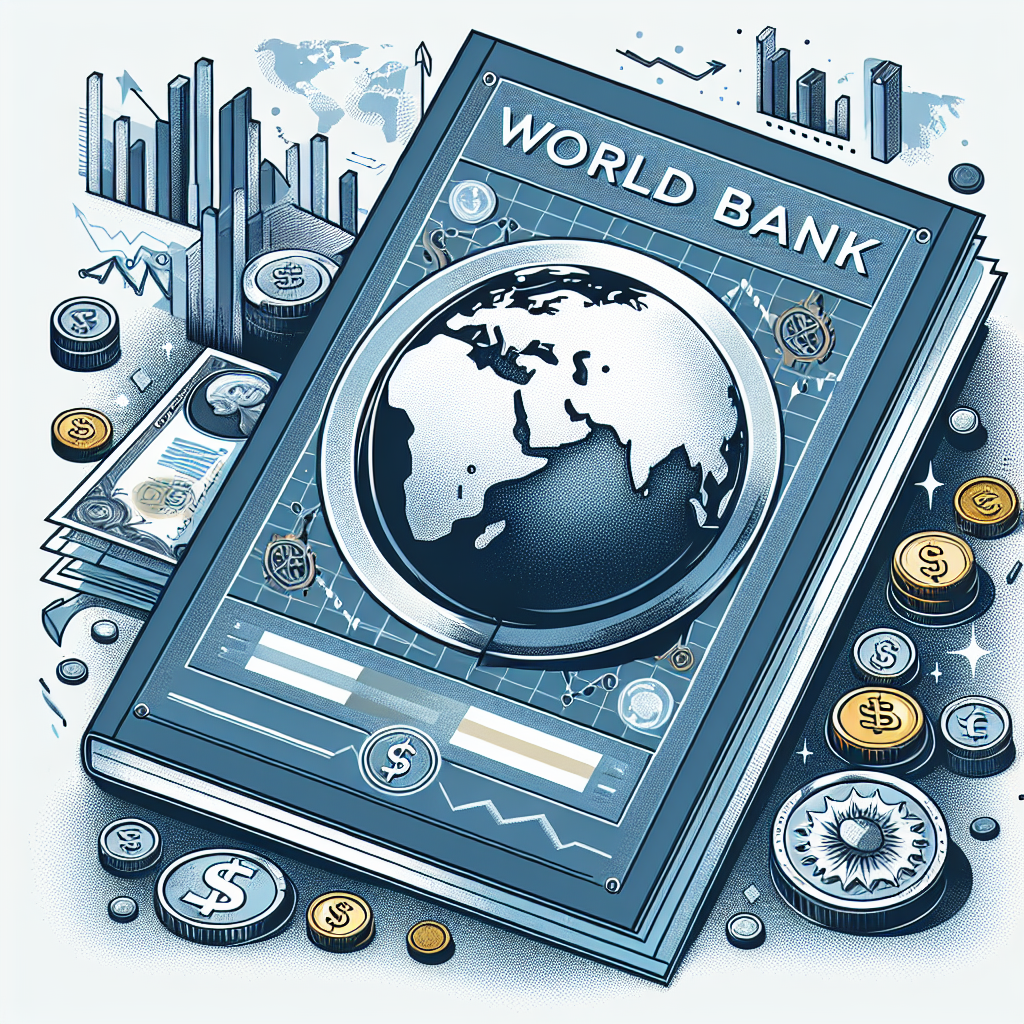World Bank Expands $30 Billion Lending Boost
The World Bank has revised its lending policies, increasing its capacity by $150 billion over the next decade to assist developing countries. The adjustments involve lowering the equity-to-lending ratio and urging donor countries to increase contributions. Notable efforts include replenishing the International Development Association fund.

The World Bank announced a significant policy shift on Tuesday, enabling an additional $30 billion in lending capacity. This decision is aimed at aiding developing countries in addressing global challenges like climate change. President Ajay Banga confirmed these developments at the Reuters NEXT event.
The International Bank for Reconstruction and Development (IBRD), a branch of the World Bank, is set to reduce its equity-to-lending ratio by 1%, thus increasing the risk profile but expanding its lending capacity. This move, along with pricing policy adjustments, is projected to augment the bank's lending capability by $150 billion within the next decade.
Amidst pressing global issues such as regional conflicts and burgeoning government debts, the World Bank is also striving to boost the International Development Association's fund by over $100 billion. The call for increased contributions comes as both borrowing nations and global economies navigate fiscal challenges.
(With inputs from agencies.)
ALSO READ
Can a Peruvian Farmer Make a German Energy Giant Pay for Climate Change?
Nepal's Sagarmatha Sambad: Leading the Charge Against Climate Change in the Himalayas
India's Trade Shows Resilience Amid Global Challenges
Peruvian Farmer Takes on RWE in Landmark Climate Change Lawsuit
Dimming Prospects: Solar Power in India Threatened by Climate Change and Air Pollution










